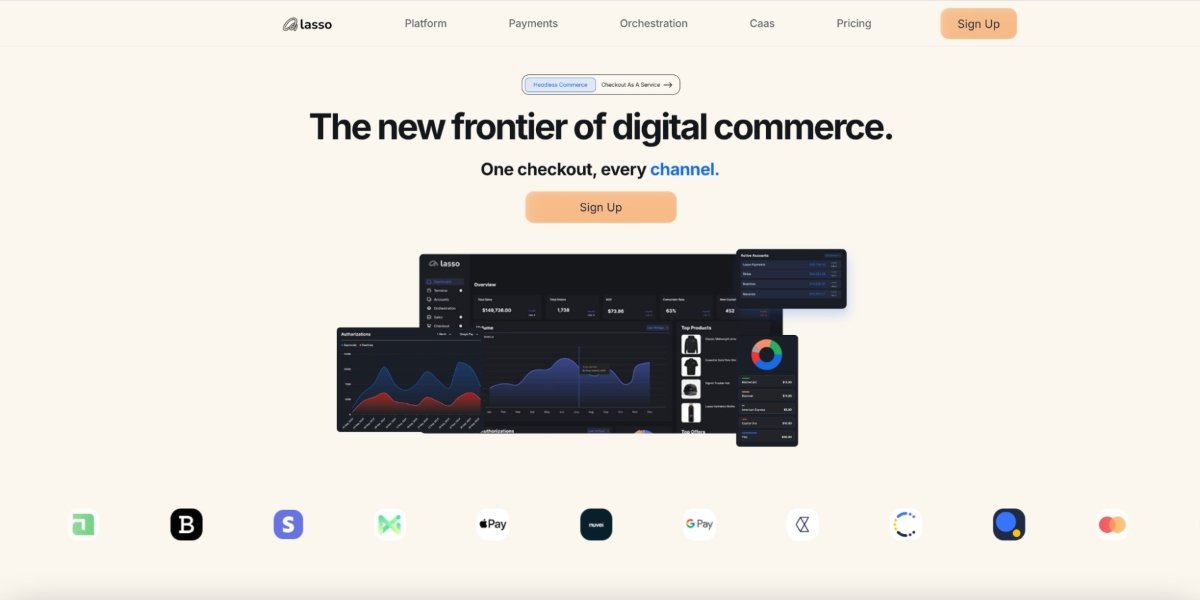In the world of economics, the term “recession” often resonates with uncertainty and concern. This sense of wariness emanates from the fact that a recession indicates a substantial decrease in economic activity across an economy’s various sectors, leading to a contraction or slowdown in the gross domestic product (GDP) for an extended period. This comprehensive overview offers insight into recessions, their causes, and their impacts on individuals, businesses, and governments.
A recession is characterized by a decrease in real GDP, a rise in unemployment, a decrease in consumer spending, and a slump in business profits. In economic jargon, a recession typically refers to two or more consecutive quarters of negative GDP growth. However, it should be acknowledged that the duration and intensity of recessions differ vastly.
The causes of recessions are multifaceted, ranging from economic imbalances within the economy to external shocks. Common triggers include excessive debt levels, asset price bubbles, or overinvestment in certain sectors, defined as economic imbalances. Central banks may promote contractionary monetary policies, such as increasing interest rates, to contain inflation, which can also inadvertently curtail borrowing and spending, thus causing a decrease in economic activity. Financial crises, such as the housing market meltdown in 2008, can have far-reaching consequences on the broader economy by reducing lending and hence dampening economic growth. External disturbances such as geopolitical conflicts, natural disasters, or sudden shifts in worldwide commodity prices can upend economies and initiate recessions.
On the other hand, the impacts of recessions radiate through various stakeholders within the economy. For individuals, job losses, wage cuts, and heightened uncertainty can exert financial pressure. Consumer spending tends to dwindle as households prioritize essential expenses and curtail discretionary spending. Businesses often grapple with falling sales, shrinking profits, and impeded access to credit during recessions. As a result, they might resort to cost-cutting strategies like layoffs, reduced investments, and pushing back expansion plans. Governments often witness decreased tax revenues due to lower economic activity, thereby strenuous public finances. They may consequently implement fiscal stimulus measures like increased government spending or tax cuts to bolster the economy and alleviate the recession’s effects.
Recessions can trigger increased market volatility and a downturn in stock prices in the financial markets. Investors may skew towards a more risk-averse viewpoint, leading to reduced investment and capital flight from riskier assets to safer alternatives like government bonds.
Recovering from a recession can be a gradual process, often requiring the intervention of governments and central banks. These entities typically deploy measures such as fiscal stimulus packages, monetary policy adjustments, and regulatory reforms to instigate economic growth and restore stability. Fiscal stimulus often involves increased government spending or tax reductions to fuel economic activity.
Moreover, an economy’s resilience and its capability to recover from a recession heavily hinge on factors like the strength of its institutions, labor market flexibility, access to credit, and the efficacy of government policies. An economy with robust institutions, flexible labor markets, and functional credit systems is more likely to bounce back faster.
In summary, recessions are a complex economic phenomenon with far-reaching impacts. They undoubtedly create an atmosphere of uncertainty and worry. However, underpinned by strong institutions and effective policies, economies can navigate these economic downturns and eventually steer toward recovery and growth.
Do follow us on our social media handles for more insightful content on economics and financial markets. Our Website: DLRVBS.com Youtube: @DLRVBS Instagram: @DLRVBS Facebook: @DLRVBS. Stay updated with insights from DLR VBS, where the realm of economics is decoded for everybody’s understanding.











